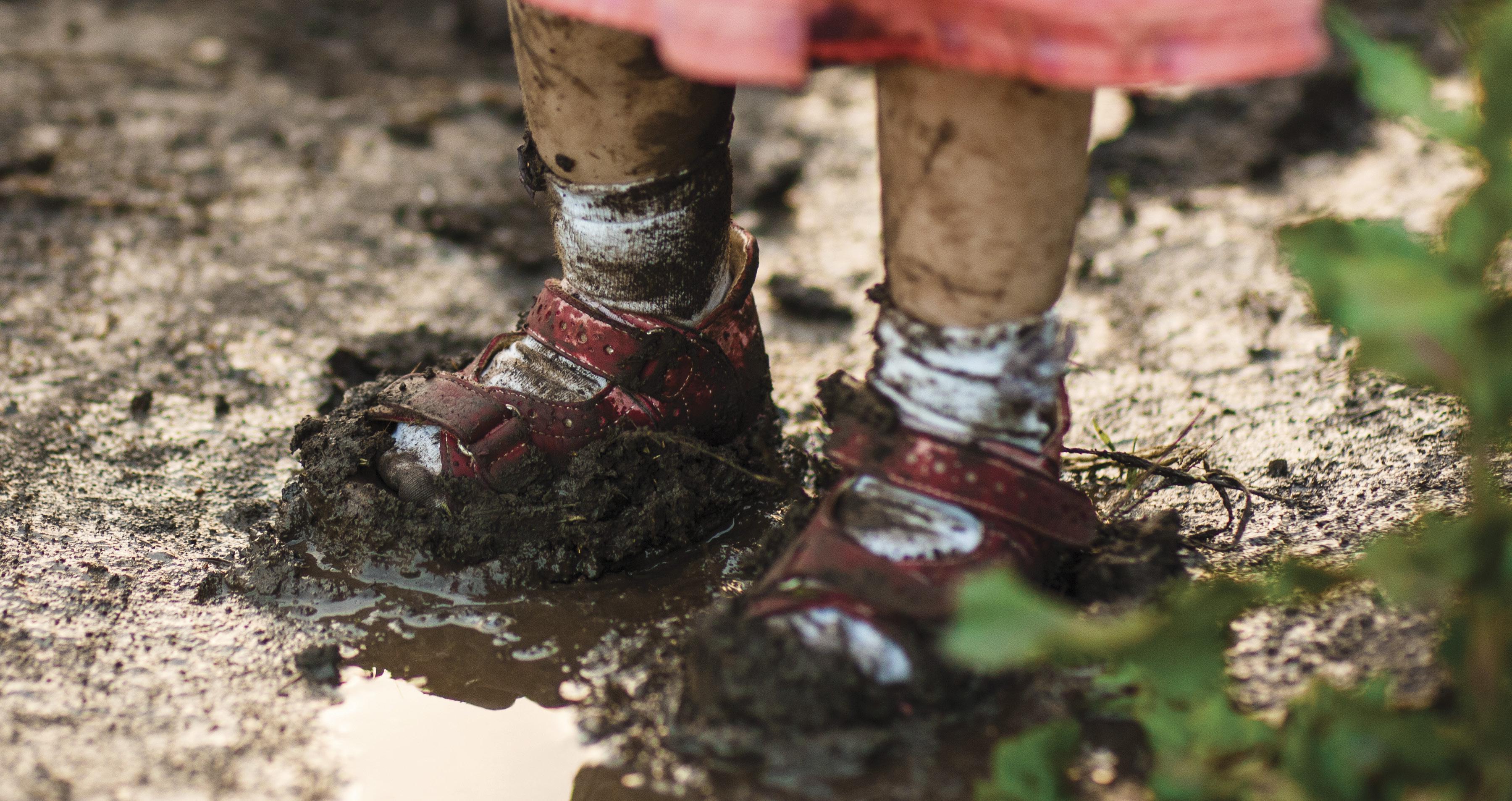
3 minute read
A family affair
“Being active with your children benefits both the child and the parent,” explains Mona Pretorius de Lacey, a Commonwealth Games medallist who has trained youth athletes for more than 15 years.
You’ll be more motivated
Advertisement
Exercising together creates extra motivation and accountability for parents. You’ll push yourself just knowing that your kids are watching, and your kids will call you out if you don’t follow through with your workout commitments.
You’ll bond
“It’s a great way to bond with your children with a fun activity they look forward to doing with you,” says de Lacey.
You’ll get a chance to talk about what matters in life
Dane Miller, an Olympic athlete trainer and father of four, says fitness is a great communication channel to talk about personal responsibility, goal setting, learning to lose, and other important character traits.
Movement for kids young and old
The amount of daily exercise your child needs depends on his or her age.
infants at least 30 minutes of tummy time and floor-based play toddlers
180 minutes of physical activity
3 to 4 years
180 minutes of physical activity, at least 60 minutes of very energetic play
5 to 17 years
1 hour of moderate or vigorous physical activity, plus 3 days a week of age-appropriate muscle-strengthening exercises
Hydration for kids
Staying hydrated boosts your child’s health and improves cognitive performance.
How much?
AGE + DAILY AMOUNTS infants over 6 months
4 to 8 oz (120 to 240mL) (above and beyond breastmilk or formula) toddlers 4 cups (1 L)
4 to 8 years 5 cups (1.2 L) older children
7 to 8 cups at least (1.65 to 1.9 L)
(may vary by individual and activity/environmental conditions)
What type?
Water is ideal. Limit sugary drinks, including juice.
How to encourage more hydration?
If your child struggles to drink enough water, try
• using an extra-special cup or water bottle (you could even let them decorate it)
• offering hydrating snacks, such as cucumber slices or celery sticks
• making “magic” ice cubes with fruit or berries frozen inside
How To Be A Better Fitness Role Model
1. Lead by example
“One of the best ways parents can encourage their kids to exercise is to stay active themselves,” says Cavalla. “Kids learn more by what we do than what we say. My kids have been watching me exercise since they were born. And to this day, they love jumping into my workouts and trying to do the exercises I am doing.”
Like Cavalla, invite your children into your personal fitness journey
• Share your excitement about exercise and what it does for you.
• Find ways to have your kids join in or cheer along.
• Show them that it’s not always easy, but it’s always worth it.
2. Focus on emotional and mental benefits
Be cautious about inspiring children with a big sports win or a specific physical outcome. “When exercise doesn’t meet those expectations, kids quit,” warns youth fitness specialist Jeanette DePatie. “It’s much better to focus kids on other benefits, like how good they feel and how much fun they have.”
Positive language matters
“I never use the words ‘fat’ or ‘lose weight’ with kids,” says certified personal trainer Helen Ryan. “There should be no shame in your fitness game. Shaming kids into exercise doesn’t work in the short term and can put them off fitness in the long term.”
3. Let children choose their own adventure
Every kid has his or her own fitness personality. You might have an ultra-competitive child who thrives on team sports. Or you might have a child who enjoys time in nature and solo free play.
Find the “just-right” fitness groove
“Help them find something they like,” says DePatie. “Childhood is a great time for them to try different kinds of fitness. Get them to find their own fitness groove.”
4. Focus on play and movement, not on “exercise”
All kids love to play. “Keep it fun,” suggests parenting expert and Ironman triathlete Katey Collins, LCSW. “Incorporate games, adventures, walks, new challenges, and time with friends.”
Kids don’t necessarily need a “real” workout in a gym
• Play a game of fetch with the family dog.
• Walk or bike to the playground instead of driving.
• Set up an obstacle course in your backyard.
• Play tag with friends.
“Offer a variety of options,” says Collins. Mix it up with team sports, hobbies, family games, etc. “Give them different experiences, and notice which ones make them happy. If they’re laughing and don’t want to leave, continue encouraging participation in that activity. We all have different interests and strengths!”










